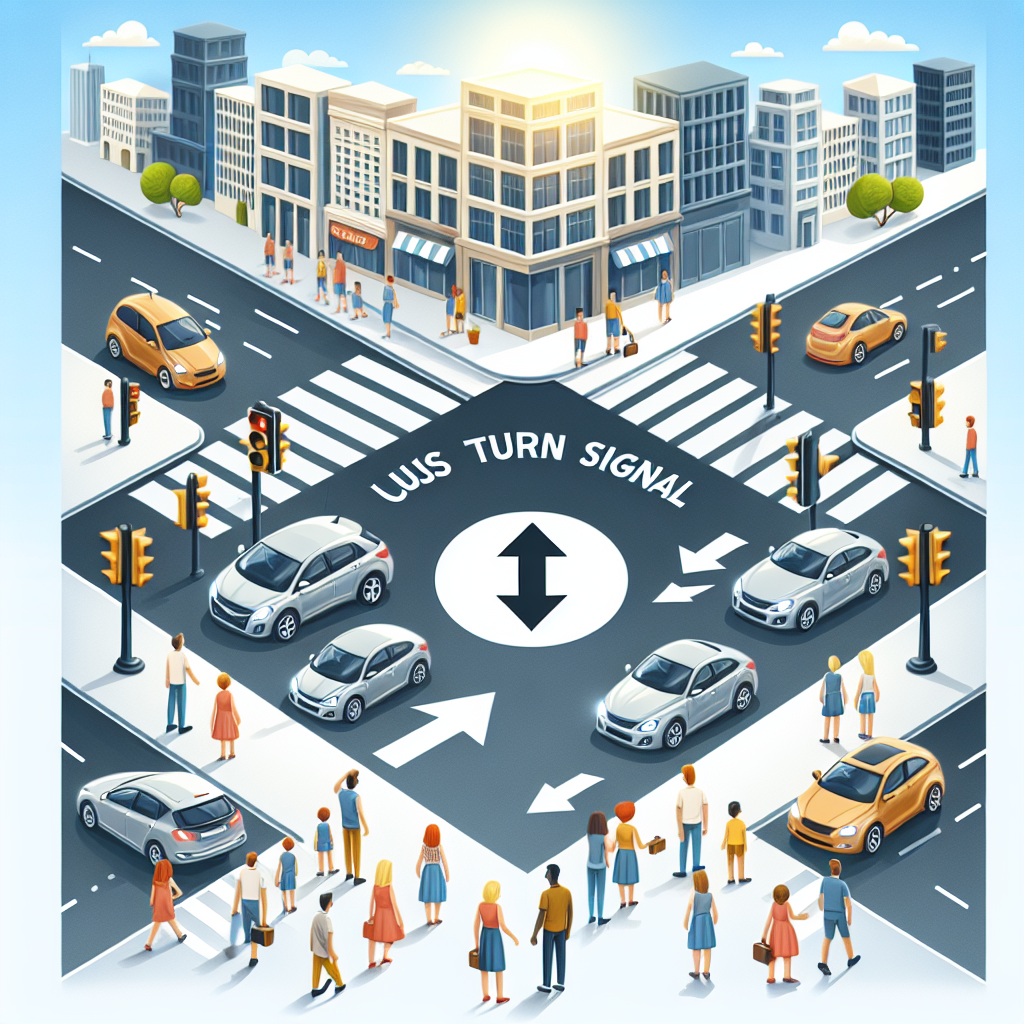-
Table of Contents
The Importance of Using Your Turn Signal

When it comes to safe driving, there are many factors to consider. One often overlooked aspect is the use of turn signals. While it may seem like a small action, using your turn signal can have a significant impact on road safety. In this article, we will explore the importance of using your turn signal and why it should be a habit for every driver.
1. Enhancing Communication
One of the primary reasons for using your turn signal is to communicate your intentions to other drivers on the road. By signaling your intention to turn or change lanes, you are providing valuable information to those around you. This allows them to anticipate your actions and adjust their driving accordingly.
For example, imagine you are driving on a busy highway, and you suddenly decide to change lanes without signaling. The driver in the adjacent lane may not be aware of your intention, leading to a dangerous situation. However, if you had used your turn signal, the driver would have been alerted to your plan and could have adjusted their speed or position to accommodate your lane change.
2. Preventing Accidents
Using your turn signal can significantly reduce the risk of accidents on the road. According to a study conducted by the Society of Automotive Engineers, failure to use turn signals accounts for approximately 2 million accidents each year in the United States alone.
By neglecting to use your turn signal, you are increasing the chances of a collision. Other drivers may not be able to anticipate your movements, leading to sudden lane changes or unexpected turns. These sudden actions can catch other drivers off guard and result in accidents.
Furthermore, using your turn signal can also help prevent rear-end collisions. When you signal your intention to slow down or stop, the driver behind you has a clear indication of your actions. This allows them to react in a timely manner and avoid a collision.
3. Promoting Courtesy and Respect
Using your turn signal is not only a matter of safety but also a display of courtesy and respect towards other drivers. It shows that you are considerate of their presence on the road and are willing to communicate your intentions.
When you fail to use your turn signal, it can lead to frustration and confusion among other drivers. They may interpret your actions as careless or aggressive, which can escalate tensions on the road. By using your turn signal, you are promoting a culture of respect and cooperation among drivers.
4. Legal Requirement
In many jurisdictions, using your turn signal is a legal requirement. Failing to use your turn signal can result in a traffic violation and a fine. By neglecting to use your turn signal, you are not only endangering yourself and others but also breaking the law.
It is important to familiarize yourself with the specific laws and regulations regarding turn signals in your area. By understanding and following these laws, you can ensure that you are driving safely and responsibly.
5. Developing Good Habits
Using your turn signal should be a habit that every driver develops. By consistently using your turn signal, it becomes second nature and reduces the chances of forgetting to signal in critical situations.
Developing good habits on the road is essential for safe driving. By incorporating the use of turn signals into your driving routine, you are contributing to a safer and more predictable driving environment for everyone.
Conclusion
Using your turn signal is a simple yet crucial action that every driver should prioritize. It enhances communication, prevents accidents, promotes courtesy and respect, and is often a legal requirement. By developing the habit of using your turn signal consistently, you are contributing to a safer and more harmonious driving experience for all road users. So, the next time you get behind the wheel, remember to use your turn signal and make a positive impact on road safety.



